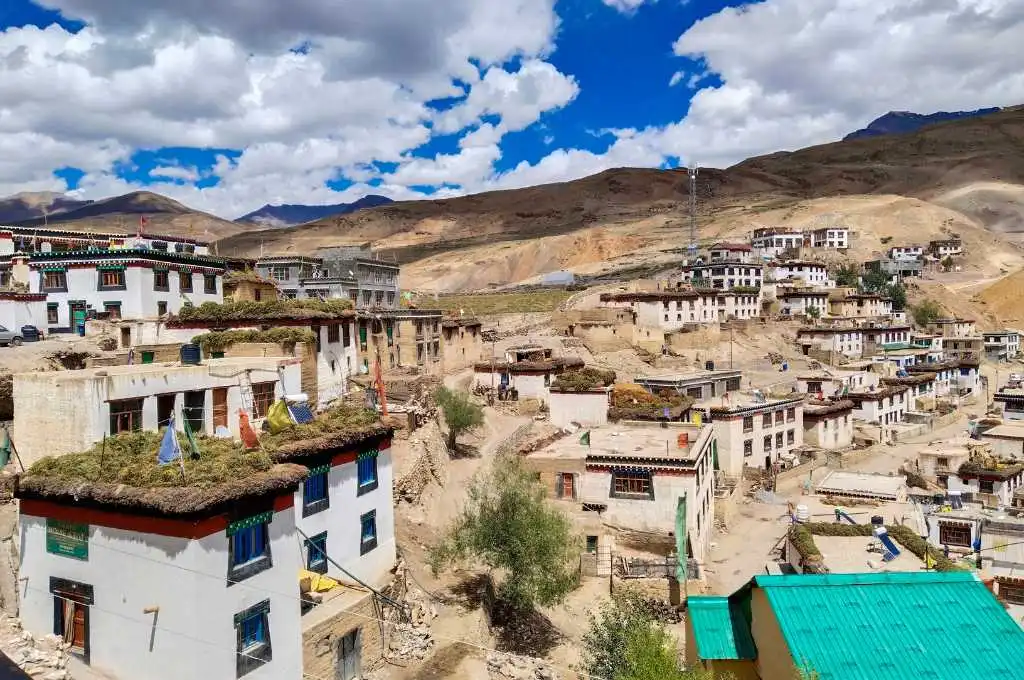Prior to the announcement of the Union Budget for the financial year (FY) 2020-21, there was speculation that the Government of India was going to increase the allocations for the Mahatma Gandhi National Rural Employment Guarantee Act (MGNREGA), or NREGA, in order to enhance disposable income in rural areas.
However, the budget speech delivered by Finance Minister Nirmala Sitharaman did not mention NREGA for the second consecutive year, indicating just how unimportant India’s largest employment generation scheme has become for the current government.
The budget allocated INR 61,500 crore for NREGA for FY 2020-21, which is a reduction of almost 13 percent from cumulative budget allocations for the programme in FY 2019-20.
Related article: Does NREGA work for women?
In 2019-20, the budgeted allocation for NREGA was INR 60,000 crore—a reduction of INR 1,815 crore from FY 2018-19. This, however, also included pending liabilities of INR 8,000 crore from FY 2018-19, that was carried forward to 2019-20 budget. Therefore, the effective budget available in 2019-20 was INR 52,000 crore.
The revised estimate for FY 2019-20 was INR 71,002 crore, after supplementary additional allocations1 were made to meet the expenses for the financial year. The general trend over the last few years has been that the government repeats the total allocation for a given year in the next financial year’s budgetary allocations. It was therefore estimated that NREGA would get at least INR 70,000 crore in FY 2020-21, even if the government did not increase the allocation.
However, the scheme was only allocated INR 61,500 crore. This is not only a disappointment for rural workers but is also unfortunate in light of the current state of unemployment in rural India. The 2017-18 Periodic Labour Force Survey report highlights rural unemployment at 5.3 percent. This unprecedented joblessness in the country could have been addressed with a sensitive social sector budget, especially a significant increase in NREGA allocations. However, this has not been the case.
Sharp rise in wages pending from the Centre to the states
According to government data on NREGA, as on February 8th, 2020, more than INR 10,000 crore is pending to be paid to the states for FY 2019-20. This includes wages of INR 4,195 crore, as well as material costs of INR 6,030 crore, in addition to administrative costs.
Many states have been facing a fund crunch since the central government has not been releasing funds to them.
In addition, INR 2,413 crore as wages, INR 7,038 crore as material payments, and INR 149 crore as administrative and overhead expenses have been added as liabilities from previous years. Therefore, an additional INR 9,500 crore is pending from the central government towards clearance of various dues. As a result, many states have been facing a fund crunch since the central government has not been releasing funds to them.
The central government has already started delaying the funds to the states, which in turn is slowing down the execution of the scheme on the ground. Usually, in the face of its own deficits, the government slows down implementation of the scheme by appropriating state-allocated funds.
Government data, as on February 8th, shows that 99 percent of payments for the month of February, 2020 were pending from the central government to the states; this figure was 63 percent for January 2020.

States most severely affected by the delay in releasing funds. | Source: Ministry of Rural Development, Government of India
While the central government tries to manage its own fiscal deficit by delaying wage payments to the states, rural workers suffer the consequences as they do not get work in times of real need and during peak working seasons. Employment generation under NREGA has therefore taken a hit due to non-availability of funds from the central government.
Employment generation under NREGA has taken a hit due to non-availability of funds from the central government.
The problem is that these pending wages do not always reflect in the NREGA management information system (MIS). When the central government starts clearing dues—even after long gaps—the MIS on that day does not show the delays. For instance, if they hold up money for October and November, and then clear it in December, the website will show zero dues, conveniently supressing the fact that funds were not made available to the states during those months. By timing when it makes its announcements about NREGA payments and dues, the Centre can make flawed claims about high percentage of on-time payments. The Centre also doesn’t account for these delays while calculating compensation for the workers, thereby violating the Supreme Court’s orders.
Related article: Looking for a new version of MGNREGA
Pending wages equals decline in work generated
Consider the period between October and January over the last two years, i.e. the period when central funds were stopped and most states did not receive money from the Centre.2
Eighty-nine crore person days were generated during these four months in FY 2018-19 versus a mere 69 crore person days in 2019-20 during the same period. This is a decline of 22.7 percent in just one year. This is especially important because these four months are considered to be the peak working season and the demand for work is typically high during these months.
While no alternate employment choices have been generated this year, the decline in numbers reflects the state of NREGA implementation due to the non-availability of funds at the state level.
At the current figure of INR 245 as the per person per day cost of NREGA, this translates into a loss of nearly INR 4,900 crore for rural workers. The cost of this lost potential employment opportunity due to a lack of funds further adds to the tally of liabilities.
The revised estimate for FY 2019-20 of INR 71,002 crore at the current rate of INR 245 per person per day suggests that about 290 crore person days are to be generated for FY 2019-20, while an allocation of INR 61,500 crore for the next year would mean the estimated labour budget would be around 250 crore person days (at the same rate of per person per day cost).
With less than a month left in the year, only 26 lakh households will have completed 100 days of work. This is half of last year’s numbers and reflects the poor state of implementation of NREGA.
According to the Government of India website, 52.59 lakh households completed 100 days of employment in FY 2018-19, while in FY 2019-20 only 26 lakh households completed 100 days as of March 4, 2020. With less than 30 days left to go in FY 2019-20, the fact that we will end this year with half of last year’s numbers reflects the extremely poor state of implementation of the scheme.
Presently, there are 26.5 crore individuals from 13 crore job card holding households 3 who have enrolled in the programme; they all depend on NREGA to fulfil their life needs.
NREGA Sangharsh Morcha, a collective of NREGA workers, organisations, and individuals working on NREGA in various parts of the country, had suggested, in a pre-budget press statement, that a minimum of INR one lakh crore is required to run the programme smoothly. Some of the figures from the government’s own website seem to be in accordance with that projection, but it seems that there is an extremely wide gap between the government’s intent and action.
- The government makes supplementary allocations and adds money to the original budget to meet the demand in the latter half of the year.
- The Centre delays funds at different points of the year for significant periods of time, but for the purpose of this article, we have considered this period since it is the most critical—when most rural families do not have any other source of agricultural income and turn to NREGA for employment and income.
- A job card is an entitlement card issued to every household in which any adult member has demanded employment under NREGA.
—
Know More
- Learn more about the ways in which NREGA workers do not get paid.
- See how the NREGA website can be misleading.
- Read an analysis of NREGA payment delays and compensations.
- Understand more about the NREGA budget 2020-21.
Do more
- If you’d like to volunteer for NREGA related-work and be a part of different initiatives, please write in to [email protected].





